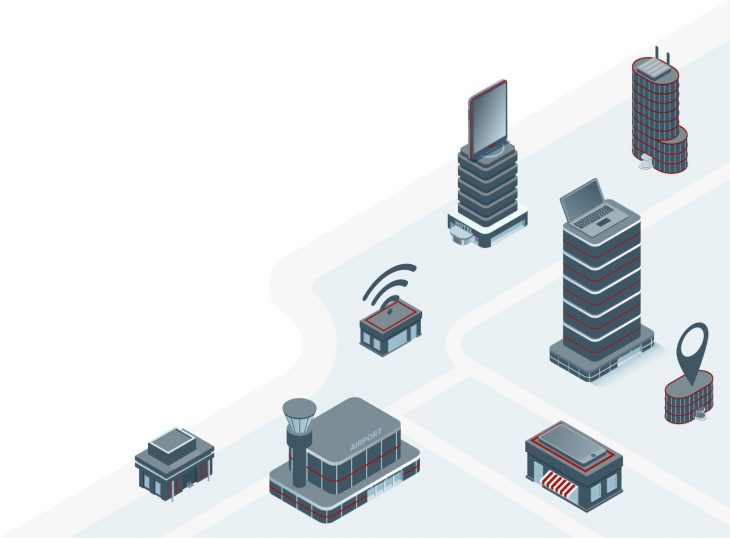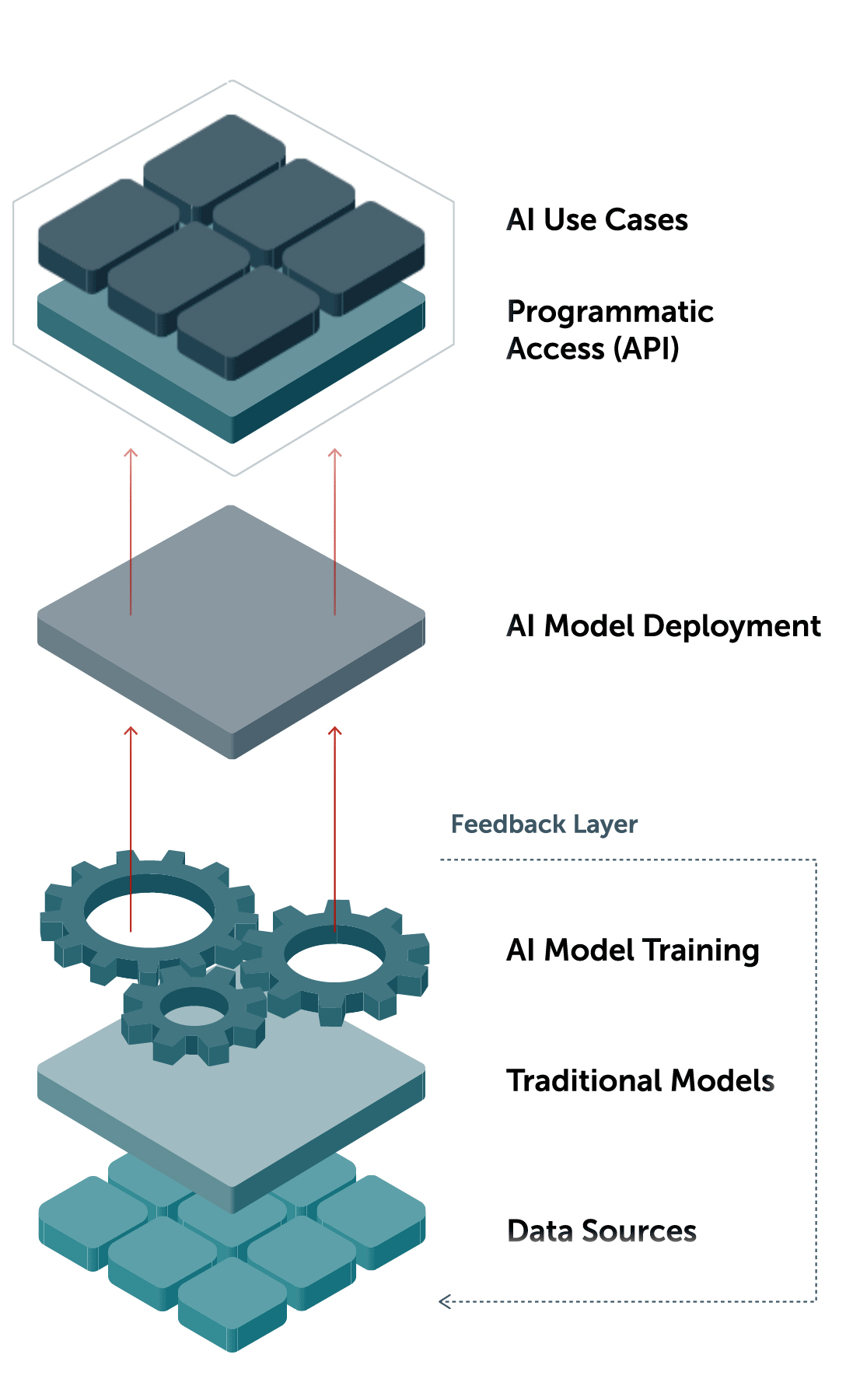The steps to take to succeed in today’s tech-savvy work environment to create a one-of-a-kind internal culture that attracts and retains the best employees.

The workplace has come a long way over the last century. What used to be cube-farms and endless amounts of unused office space has transformed into technologically driven coworking spaces that foster innovation. Yet, even with these progressive changes, the office market is not as strong as it once was – according to Cushman & Wakefield, office vacancy rates in New York City jumped to 9.2 percent at the end of 2018. With the emergence of more flexible work schedules and environments, and the impending takeover of Millennials and Gen Z in the workforce, it’s becoming increasingly more difficult to draw people to the office due to generational, technological and cultural shifts. Big changes to how and where employees work bring new challenges, and companies around the globe understand the importance of adapting to these new realities, especially if they want to remain competitive and attract and retain top talent.
At the heart of this rapid workplace change is technology, which has created a sophisticated environment where tasks can be carried out quicker and easier, while also mimicking some of the amenities of home and leisure at work. While traditional considerations like location and floorplan are still top concerns for corporate occupiers, organizations today are equally attracted to new or recently renovated office buildings filled with the latest and greatest virtual tools, smart devices and AI-rich features. For example, windows infused with artificial intelligence are one of the latest developments landlords are offering in exchange for premium rent. These ultra-modern smart windows automatically tint depending on the amount of sun, preventing harsh glare and heating during the scorching summer months. As technology continues to advance, future windows are expected to offer computer screen functionality, displaying information and video conferences.
By making basic office amenities multi-purpose and incorporating smart technology in unexpected places, landlords are helping tenants get more bang for their buck – and ensuring they attract the best and brightest employees that expect optimized workspaces with all the latest features.
Getting more out of your physical footprint through technology
A key component to the success of these smart offices is the integration of human intelligence with artificial intelligence. Through machine learning and analytics, data can be gathered on employee behaviors, work styles and schedules to help employers make strategic decisions on optimum space utilization. For instance, sensors can be placed on the bottom of office chairs to determine how many hours per day these chairs are utilized, and how many days of the week. The same goes for conference room chairs and other public workspaces. By integrating these findings into an AI-based analytics platform, organizations can get a more holistic view of how work is being conducted and where opportunities exist to control occupancy costs and improve space utilization.
Through integrated workplace management system (IWMS) solutions fused with AI, organizations can apply data insights from machine learning and predictive analytics into their workspace planning and designs. Combining advanced modeling with robust data in a scalable geospatial analytics platform gives organizations access to critical data fundamental to their current office space, which can then be translated to new strategies and/or proposed designs. This enables them to better align their physical footprint with company objectives and employee needs, to improve workforce productivity and lower occupancy costs.
In addition to benefiting the organization from an operational perspective, AI-enhanced IWMS solutions can also help organizations keep employee satisfaction a top priority, resulting in improved corporate performance.

Building engaging experiences
Today’s modern employees crave engaging work experiences that include open and collaborative workspaces mixed with the latest perks. Everything from coffee bars, beer on tap, game rooms, to more efficient workspace and private phone booths. Workplace apps give tenants and employees the power to engage with their office space on a single platform directly from their laptop or mobile device. Employees can adjust office temperature, reserve conference rooms, and RSVP to office events, all from the comfort of their desk. But even with the shiniest and most impressive tools and apps, companies should never underestimate the power of guaranteed Wi-Fi. Guaranteed internet is just another example of a hot perk landlords are offering office tenants. It gives teams confidence that they’ll be able to meet their deadlines, attend and facilitate international video conference calls, access online databases, and achieve long-term goals. The peace of mind that a secure connection provides is invaluable to employees and tenants.
While artificial intelligence is making great strides in the world of designing corporate office spaces, without an added human touch there is a potential margin of error. Behind every piece of technology is a skilled worker who understands the meticulous ins and outs of its processes and what to do should something go wrong. From this technology, data is gathered to be analyzed by people to detect patterns in the office ebb and flow and employee work styles. This allows companies to make insightful and strategic decisions for the future. Space optimization is a good example of how AI and human intelligence come together. The technology can quickly – in minutes versus months – provide a ranked set of space plan scenarios with qualifying scores. But, while this can be auto-generated, it still has to be reviewed and considered by a human to ensure the plan makes sense and meets departmental and individual space needs, whether current or future. Another example is through polylining, whereby the technology automatically creates shapes around each space in a floor plan with quality scores, which can then be reviewed and considered by the organization’s space planning team.
Currently there are tools that can recognize spaces and polyline them to 90 percent accuracy – and, because they leverage AI and machine learning, they learn and improve in accuracy over time. This type of AI-fueled software recognizes more than just the boundaries of offices and cubicles, it can discern columns, windows, shapes, specific types of walls and so on. As the algorithms are fed more and more data, their polylining capabilities evolve and improve. Instead of starting with a blank slate and drawing an entire office building’s polyline by hand, these next-generation systems can dramatically improve speed, accuracy and productivity. There are additional requirements to consider too depending on the building, such as BOMA, IFMA or the more rigorous OSCRE standards. Performed manually, polylining could take up to a month to complete a typical job, even with a highly trained resource.
The meteoric impact of advanced technology on the corporate workplace will only continue to accelerate in the coming years. To succeed in this tech-savvy new environment, and create a one-of-a-kind internal culture that attracts and retains the best employees, businesses will need disruptive tools like modern IWMS to help evolve their physical footprint into a driver of performance, savings and competitive advantage.

